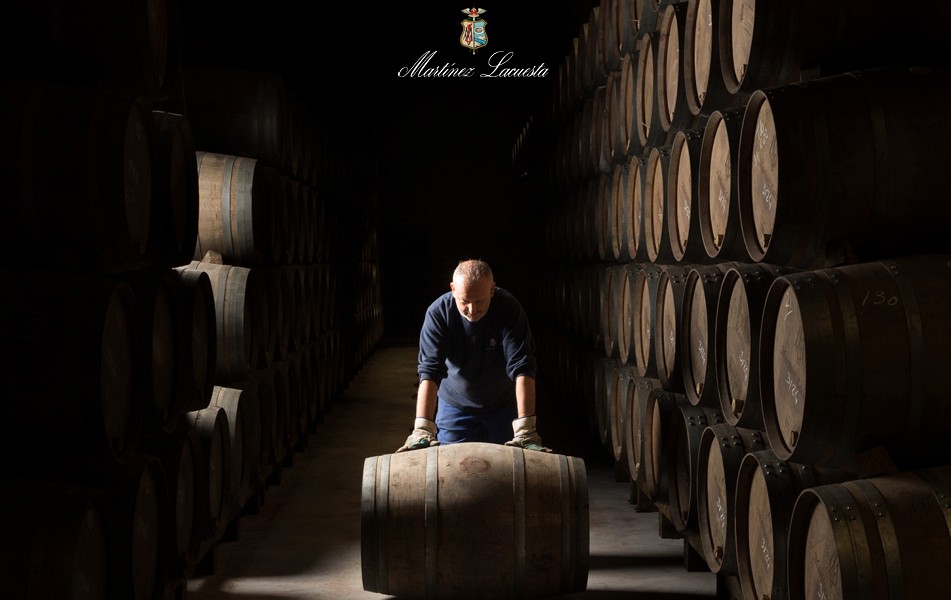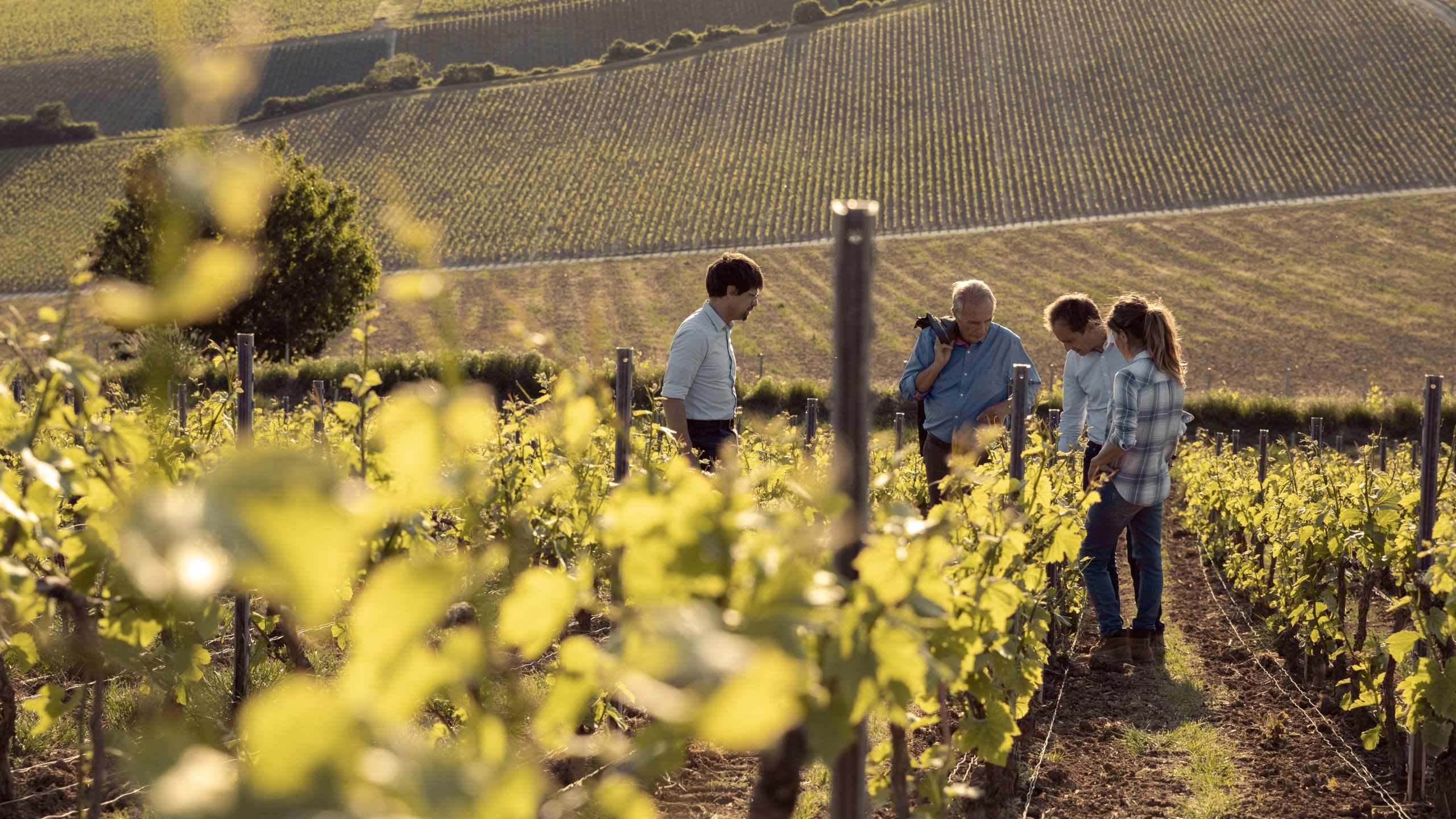Veuve Clicquot: the widow’s spice box
Dominique Demarville, chef de caves of Veuve Clicquot was in London this week to show three stellar wines from mature vintages that contribute a consistency of style to Veuve’s famous Yellow Label, writes Michael Edwards.
We might call his secret weapon the widow’s spice box, from which the Clicquot team of winemakers dig deep for specific aromas and flavours that add that je ne sais quoi of class to the base wine blend.
Put plainly, the spice box is really Veuve Clicquot’s unmatched “library” of reserve wines going back to 1988. They are kept as still wines, protected from oxidation, in steel tanks.
First up, a Mesnil 2004 with its shimmering lemon hue, green Chardonnay fruits, lovely balance of crispness, tension and subtle, gently surging vinosity.
Then came a superbly built Aÿ Pinot Noir 1998: red fruits from your favourite orchard, cherry and peach; fresher still than the Mesnil; sturdy yet fine and delicately expressive.
Finally, the coup de grace, Cramant 1988: fully developed Welsh gold with the complexity and variegated flavours of a top hillside cru; a pot pourri of vigour, salinity and a soothing hint of honey; perfection and virtually indestructible, with no hint of fatigue at 25 years old.
Partner Content
We finished the tasting with Veuve’s speciality: grown-up rosé as finished Champagnes, which the house has been doing longer than most, since 1822.
The non-vintage rosé was based on the exceptional 2008 vintage: fine fresh rose colour, no copper, and the hedgerow red berries of a Burgundy copse. The vintage rosé 2004 was bigger and stronger with a soaring smell of kirsch; intense, mouth-filling, for venison, salami or pheasant.
La Grande Dame Rosé 2004 represents a complete contrast to the straight vintage: one tastes the chalk in Veuve Clicquot Ponsardin’s finest site, Bouzy Clos Colin; a Champagne in the style of Chambolle Musigny. Finally, the 1989: a miracle of freshness in a heatwave vintage.
“We must look to the future,” said Demarville, “as we aim to get more red wines for rosé from an interesting group of growers who are making some serious stuff. We arranged a trip to Burgundy very recently as a benchmark for tomorrow.” The blushful Hippocrene, indeed!




